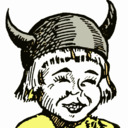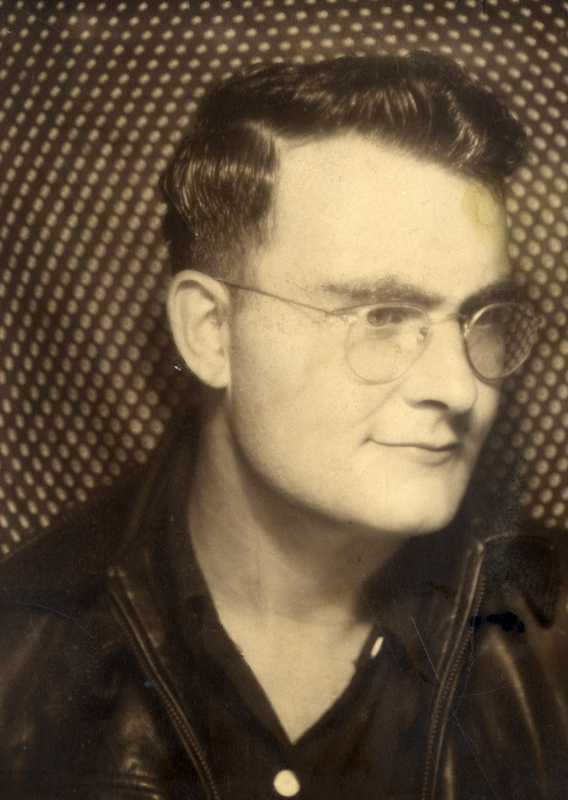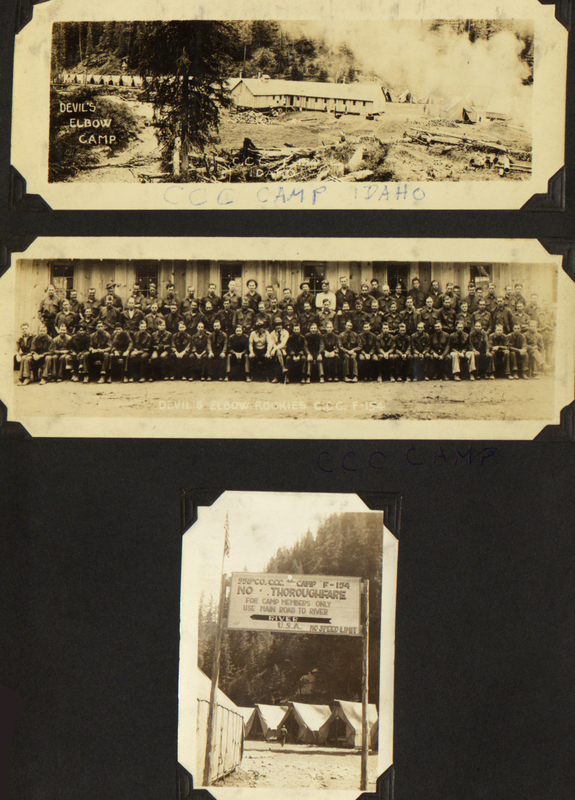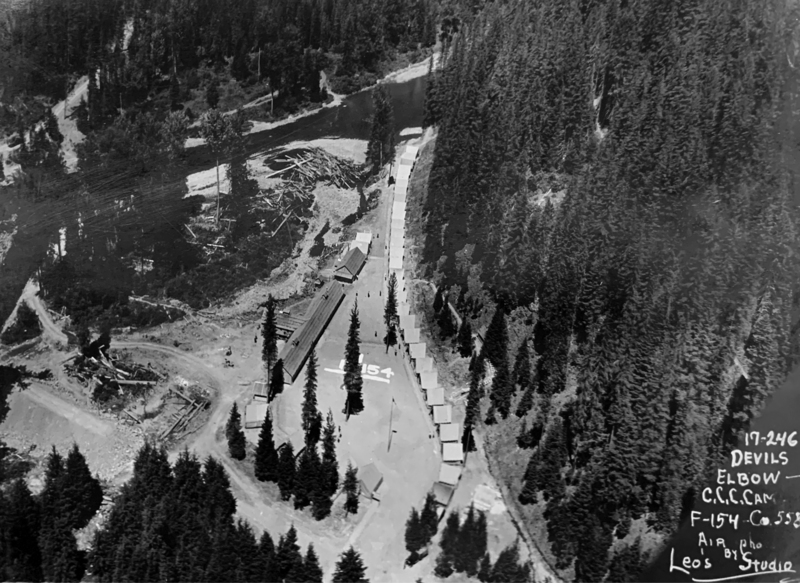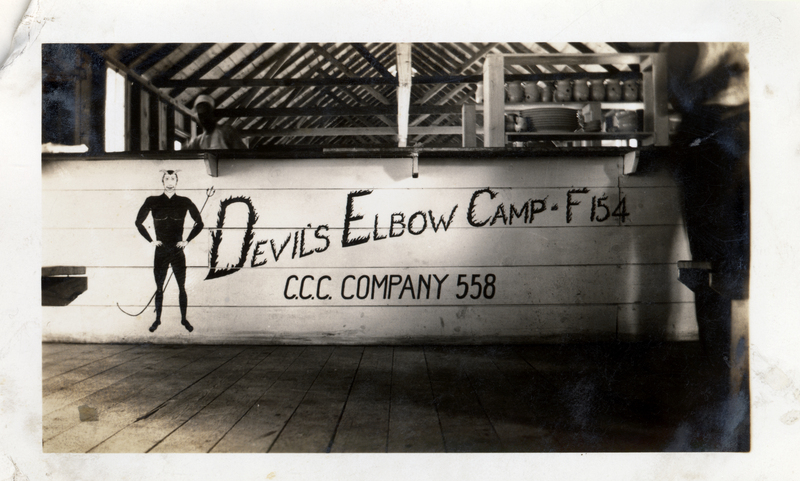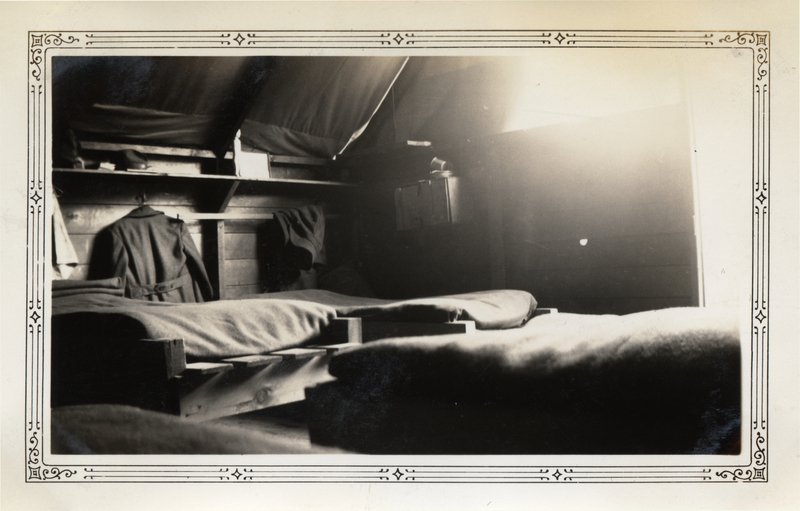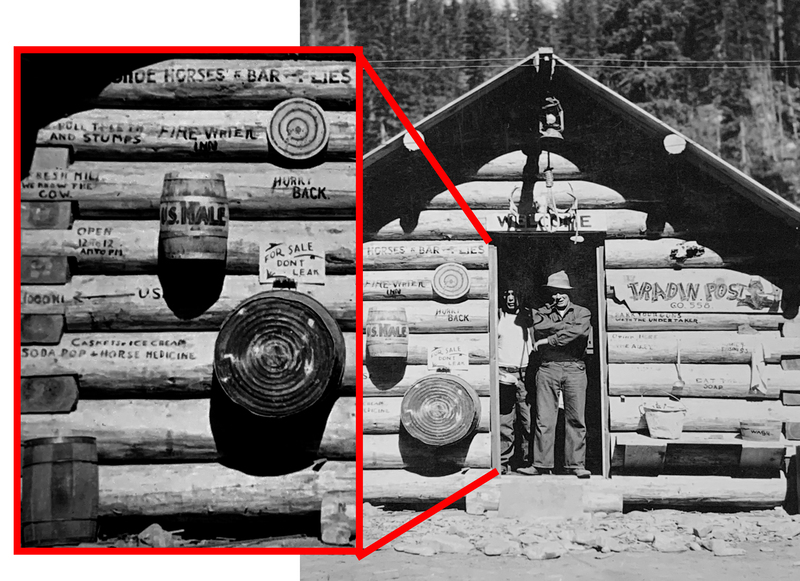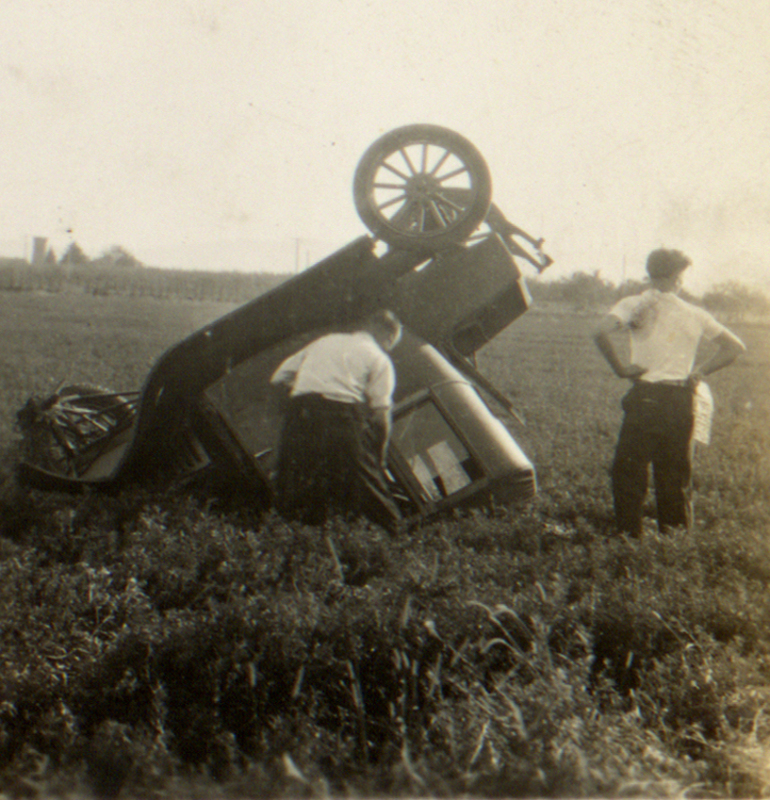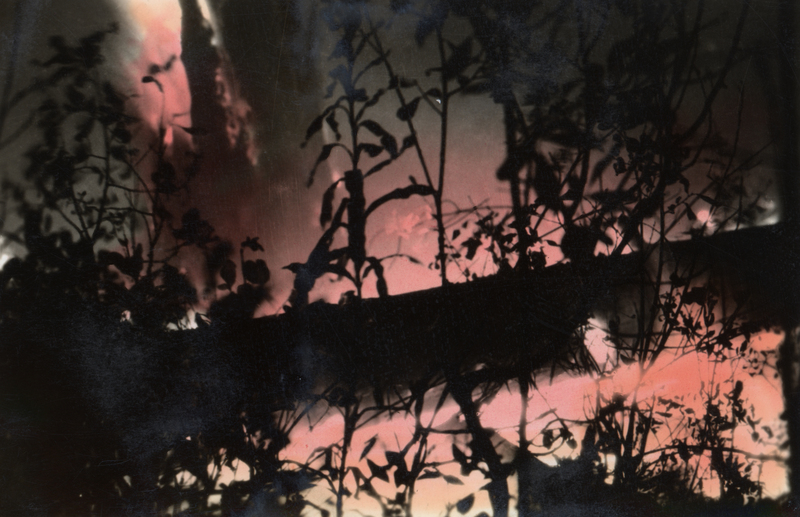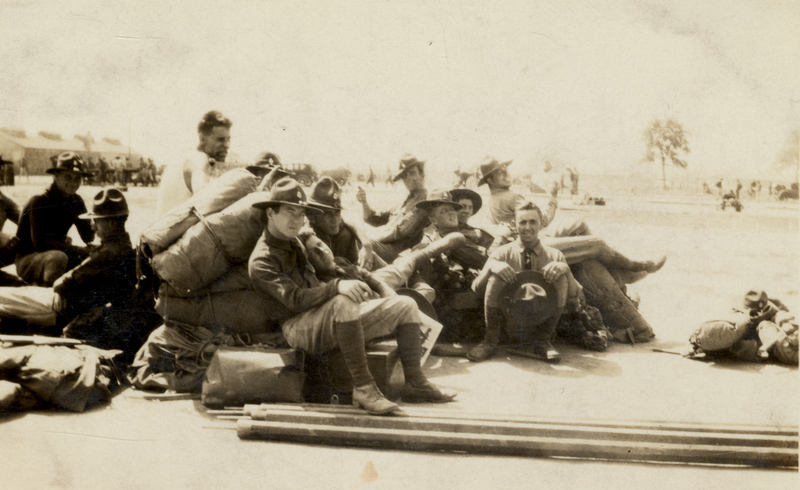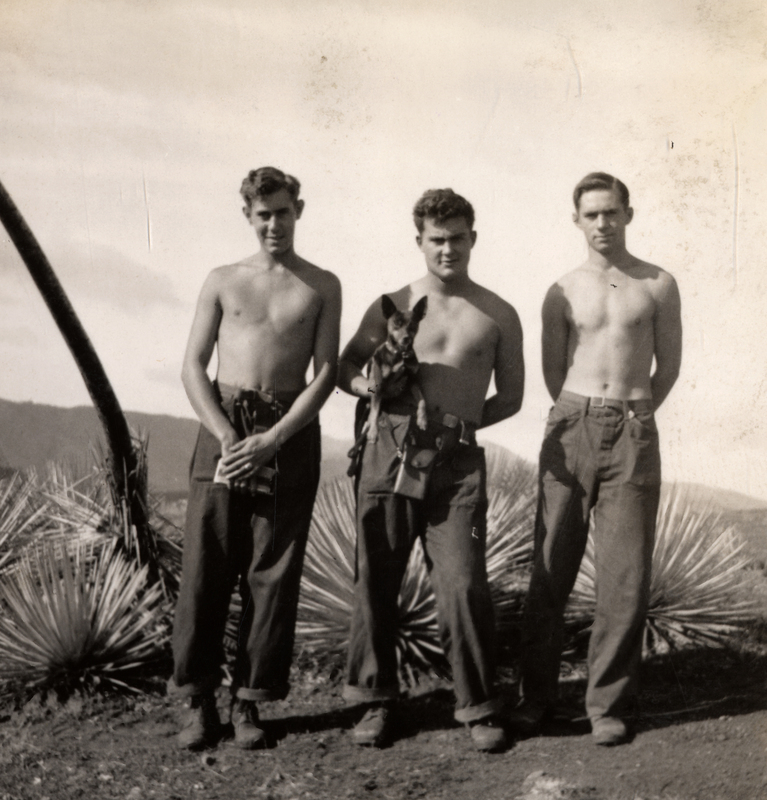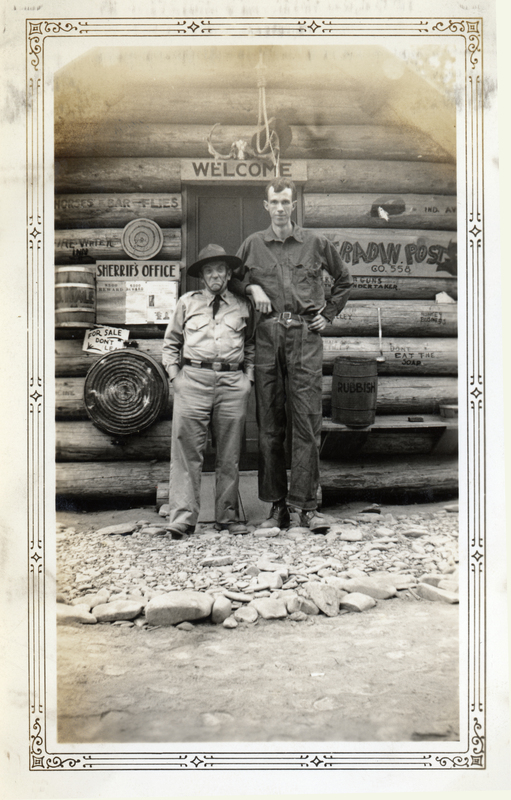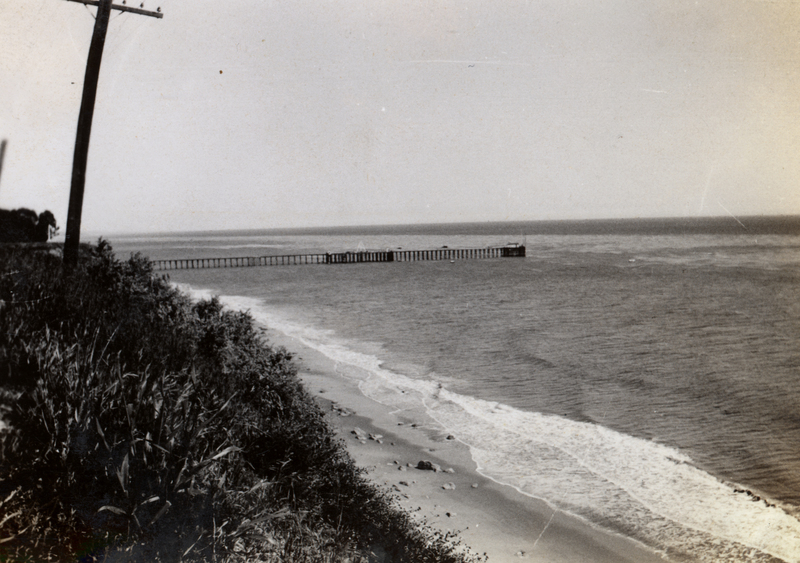Recently, the University of Idaho Library Special Collections and Archives was gifted a photo album created by Ben Geisler.
We were unable to find any information on Mr. Geisler himself but his album reflects his time in the Civilian Conservation Corps (CCC) and his travels in what were, we surmise, in the 1930s and early 1940s. He took photos depicting areas from North Dakota to California and down into Mexico. He also visited Fort Wright in Spokane, Rose Lake in Idaho, the Columbia River, Max Sennett’s Studios in Los Angeles, California. While in L.A., he also photographed the renowned evangelist Aimee Semple McPherson’s Angelus Temple.
The primary focus of this album was on his work with the CCC at Devil’s Elbow camp in the Coeur d’Alene Forest as well as the natural scenery.
Writing for the Coeur d’Alene Press, Richard Sheldon noted the CCC was one of many programs created by the federal government for work relief during the Great Depression of the 1930s. Federal money created camps where the unemployed lived and worked on “public works projects such as building roads, tunnels, dams, trails and fighting fires, among others. Idaho was especially open to such a plan (Sheldon).”
Sheldon described the qualifications and compensation in the CCC: “To be in the corps, applicants had to be at least 16 years of age and had to enlist for anywhere from six months to five years. Room and board were free, as was health care. Work clothing was provided. Starting salary was $30/month and enrollees were to send home $21 and keep $9 for themselves (Sheldon).”
For the Selway Fires of 1934, the CCC built trails and roads to get firefighters closer. They also hung telephone wires and stood watch in the forest lookouts. The 1934 blazes were second only to the Big Burn in 1910 in terms of destruction. 180,000 acress were burned in the Lochsa and Selway River drainages (Sowards). This album contains a couple of the Selway Fires photos. These photos are unique in this collection as they are the only color images.
Geisler’s album also has photos taken at Camp Knox–now known as Fort Knox. The camp was an induction center for CCC enrollees. The men were there for two weeks being immunized and receiving clothing and training. Then they were sent by train to camps around the county.
Please enjoy this sampling of images from his album.
Resources
Fort Knox and the - CIVILIAN CONSERVATION CORPS, U.S. Army webpage.
MG 5825 CCC Devil’s Elbow Camp F-154 Company 558 Photographs collection
Sheldon, Richard. “Moving History Forward: 1930s CCC Camps in the St. Joe Forest,” The Coeur d’Alene Press, 30 Dec. 2022
Sowards, Adam M. “Wildfire suppression is a decades-old conundrum,” High Country News
